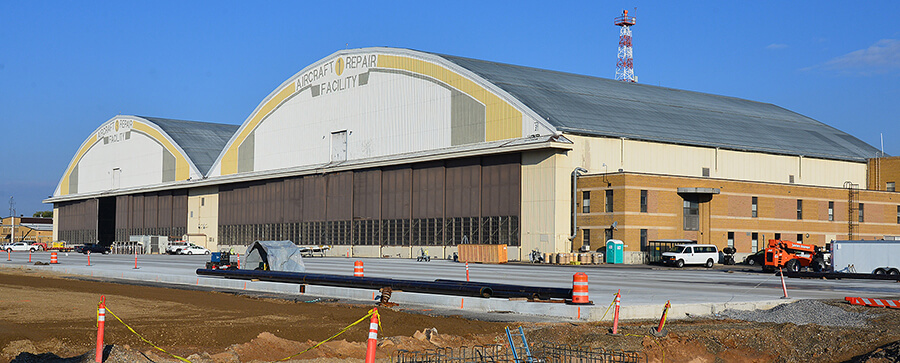Client: Department of Defense Legacy Program
Location: Nationwide

The appearance of U.S. Department of Defense (DoD) visual information does not imply or constitute DoD endorsement.
EA is under contract to develop a Climate Adaptation Guide for the diverse cultural resources located on military installations within the United States. The goal of the document is to provide guidance on identifying appropriate adaptation strategies and then integrating these strategies into installation Integrated Cultural Resources Management Plans.
Department of Defense (DoD) facilities are home to thousands of these resources, including archaeological and burial sites, buildings, structures, historic districts, and facilities or areas with traditional or religious importance. Many are located on installations at risk from changing climate conditions. Cultural resources are being exposed to rising sea level and global temperatures, increasing frequency and intensity of extreme weather events, and changes in precipitation.
Our team is conducting extensive research with federal, state, local, and foreign agencies and entities to gather previous studies, discuss current and future weather risks and threats, identify current approaches and their levels of success, and determine the degree to which strategies address cultural resources. A questionnaire was developed to document the climate-related issues of concern to a sampling of DoD Cultural Resource Managers.
The resulting Climate Adaptation Guide (currently in draft form) addresses potential risks and effects of extreme weather as well as resulting concerns related to infrastructure, cultural resources, and environmental compliance. The top four climate-related risk factors affecting DoD installations are identified based on a recent climate risk survey of DoD installations worldwide and the questionnaire completed by targeted installations for this project. Potential impacts from climate change are outlined for each type of cultural resource as well as the overall mission.
The report will provide guidance and tools to assess climate change risk; link potential climate change risk impacts to DoD cultural resources; determine appropriate strategies for addressing the risks and impacts; and assess the feasibility of climate change strategies, including disaster management, long-term change management, adaptation, investments for resiliency and risk reduction, and mitigation options for loss. Considerations are identified for evaluating actions, such as the nature and probability of the risk, severity of potential consequences to the cultural resource, and vulnerability of the specific resource.
The document, when complete, will provide instructions on how to integrate climate adaptation strategies into installation Integrated Cultural Resources Management Plans. A case study is in development as a proof-of-concept for the guidance.
